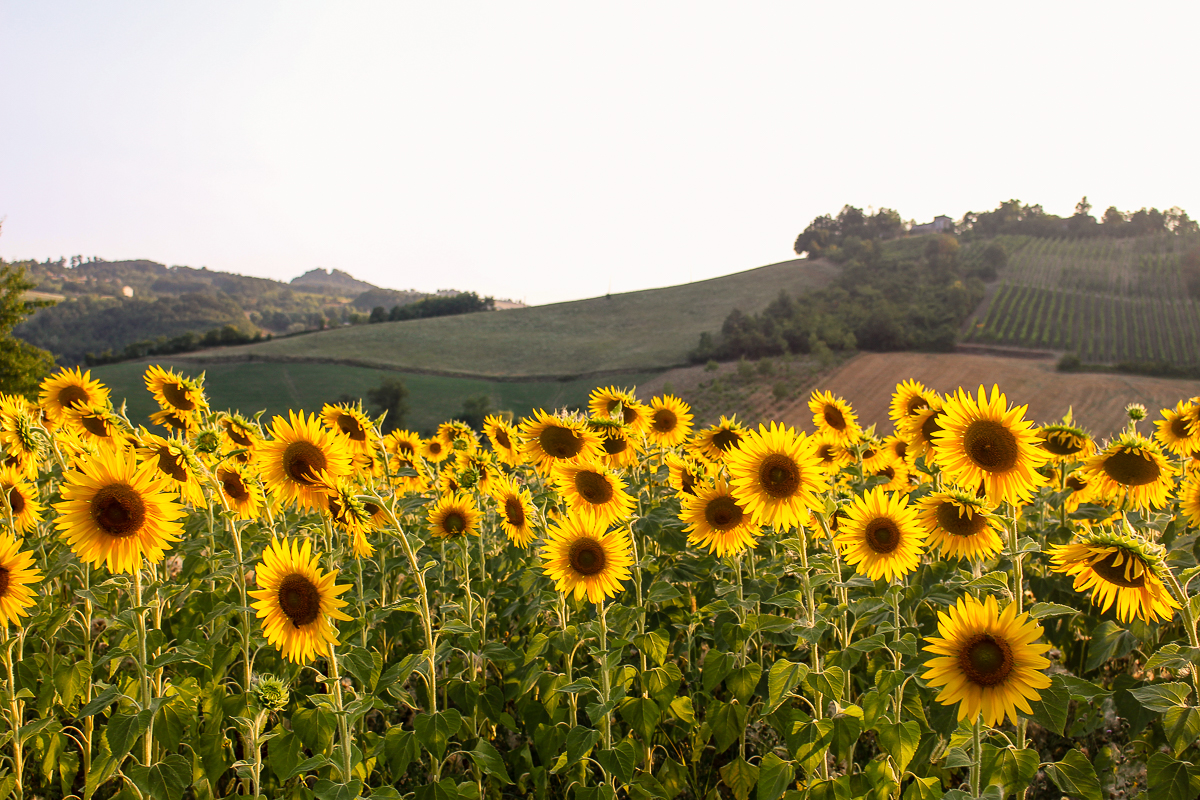Why monocultures are not good for the environnement
Monocultures are a problem for biodiversity because they reduce the variety of plants present in a given area. This translates into a lack of food and shelter for many animals, including the very important pollinating insects. Not enough, this cultivation practice makes crops more vulnerable to diseases and pests, increasing the need to resort to the use of chemicals that are harmful to us and the environment.
What does monoculture mean
Monoculture is the agricultural practice – also widespread in our country – which consists in cultivating a single species of plant on a large area of land to increase the production of products such as wheat, tomatoes, corn – or even fruit such as, for example, apples – using intensive cultivation techniques.
This way of cultivating, which actually allows to maximize production and profit, however has a negative impact on the environment and biodiversity. In fact, monocultures disrupt natural ecosystems, limiting the variety of plant and animal species present in the area. Furthermore, they can also increase the vulnerability of crops to diseases and pests, as a large population of a single host species makes it easier for the latter to spread rapidly.
For this reason, the cultivation of monocultures requires a massive use of chemicals such as fertilizers, pesticides and herbicides that contaminate groundwater and soil, damaging the health of animals (and even people) living nearby.
The consequences of monoculture cultivation on pollinating insects
As we anticipated, monocultures can have a negative impact on pollinators – including bees, osmias, butterflies and ladybugs – who depend on a variety of plants to find the food and shelter they need to survive.
Excessive use of pesticides and other chemicals can also kill these insects or, at the very least, seriously affect their health. A practice that has already caused a serious reduction in the populations of these precious animals.
Yet, as we well know, pollinators are of vital importance not only for biodiversity, but also for all of us, given that their disappearance would also have serious consequences on the availability of the food we eat. In fact, most crops depend on these important creatures to produce their fruits and seeds.
What to do to help pollinators in areas where there is monoculture
To mitigate the negative effects of the practice of monoculture, farmers can adopt sustainable agricultural techniques such as crop rotation, the creation of specific habitats for pollinating insects, the reduction of the use of chemicals harmful to the environment and the promotion of mixed crops instead of monocultures.
By doing so, they could help create and maintain a healthier environment for all and preserve the biodiversity of agricultural ecosystems.
Sowing flowers that bloom at different times of the year in rotation with corps and roadsides can also provide a useful source of food for pollinators.
In short, every effort – even the smallest one – to create a more favorable environment can have a major impact on their survival and, consequently, on the environment and on our future.
SavingBees biodiversity oases
It is precisely to safeguard pollinators and biodiversity that we at SavingBees decided a few years ago to create many biodiversity oases, thus promoting their natural resettlement.
These are large wild areas where we restore the natural habitats of these animals by sowing many different flowers that produce an abundance of nectar and pollen. In these large flowery and wild meadows, where the land will no longer be plowed to protect the insects that nest underground, pollinators can feed in abundance and nest in safety.
di Petra Invernizzi, Bee-Copy @Pinvi – Racconti di api

